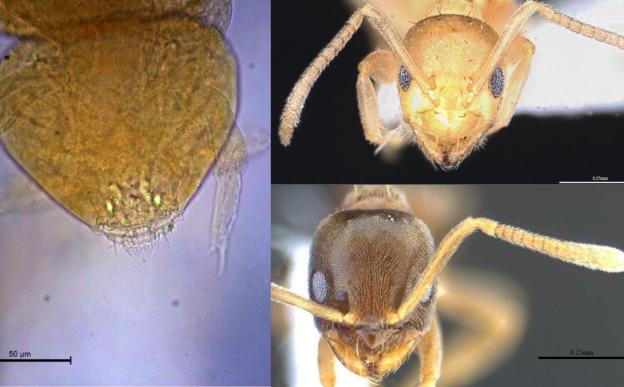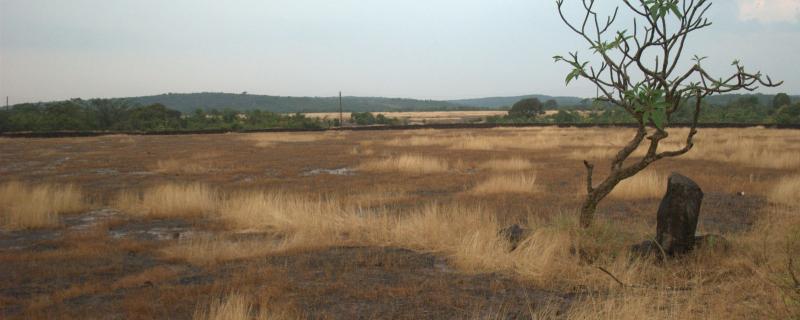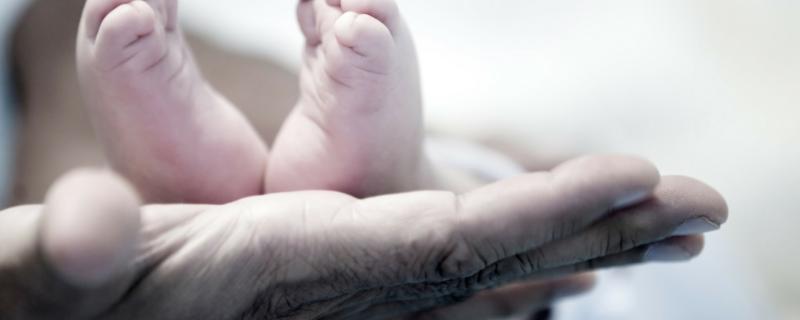Rabies is a fatal disease associated with dogs. However, it could well be spread by many animals -- both wild and pets. Today, on World Rabies Day, here is all you want to know about the disease and ways to prevent them. But if you thought it was a challenge, find out the truth about this and help make the world free of this deadly disease
Three new species discovered in the Himalayas: a new springtail from Sikkim and 2 new ants from Assam.
Sikkim/



